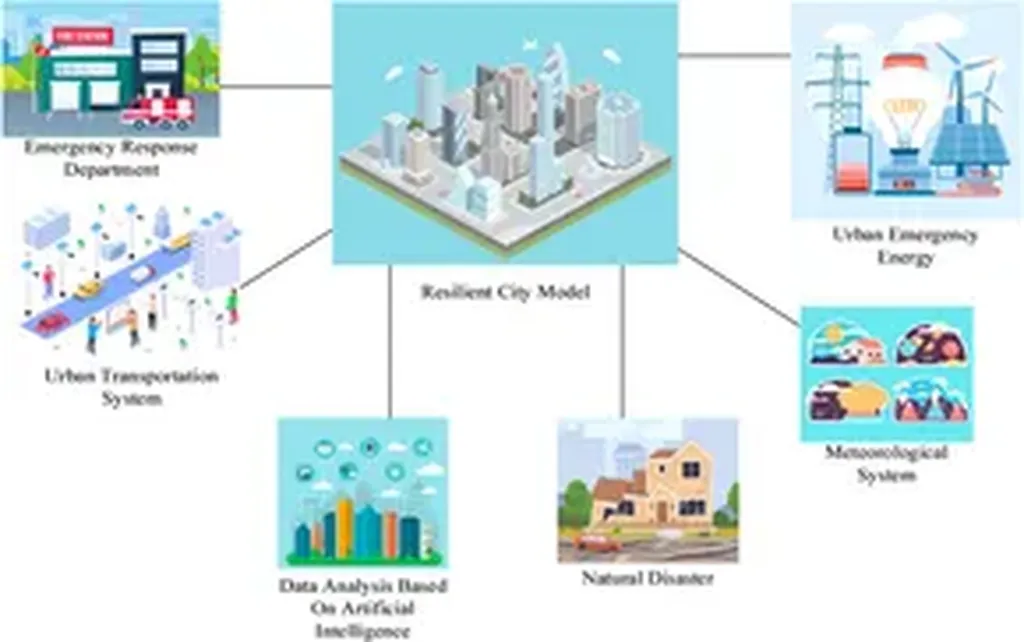In the frost-kissed expanses of Heilongjiang Province, a silent transformation is underway, one that could reshape the future of resource-based cities and offer valuable insights for the energy sector. A recent study, led by Zhuolin Tan from the School of Architecture and Design at Harbin Institute of Technology, delves into the resilience and evolution of these cities, providing a roadmap for sustainable development in the face of resource depletion and economic shifts.
The research, published in *Fengjing Yuanlin* (which translates to *Scenery and Gardens*), focuses on nine resource-based cities in Heilongjiang Province, each grappling with the challenges of resource depletion, industrial decline, and environmental pollution. These cities, once thriving on the back of abundant natural resources, now find themselves at a crossroads, seeking ways to adapt and evolve.
Tan and his team employed a unique approach, combining principal component analysis (PCA) and the catastrophe progression method to measure the resilience of these cities. They identified distinct evolutionary patterns, categorized into petroleum-based, forestry-based, and coal-based cities. Each type exhibited unique characteristics and challenges, reflecting the diverse industrial structures and policy implementations across the region.
“Our findings reveal that the resilience evolution of these cities does not follow a complete four-phase adaptive cycle,” Tan explains. “Instead, they transition directly from the release phase to the exploitation phase, skipping the reorganization phase altogether. This is heavily influenced by national Five-Year Plans and policy interventions.”
The study highlights the need for tailored strategies to enhance the resilience of these cities. Petroleum-based cities, for instance, should focus on economic diversification to mitigate risks associated with structural homogeneity. Forestry-based cities, on the other hand, should accumulate diverse urban components to increase systemic redundancy. Coal-based cities are urged to leverage external shocks as opportunities for transformation, vigorously developing new industrial and social elements.
The implications for the energy sector are significant. As the world grapples with the transition to renewable energy, resource-based cities face the challenge of adapting to new economic realities. This research provides a valuable framework for understanding the resilience and evolution of these cities, offering insights that could shape future developments in the field.
“By adopting adaptive planning strategies and dynamic evolutionary approaches aligned with urban system development laws, cities can shift from ‘outcome-oriented’ to ‘process-oriented’ frameworks,” Tan notes. This shift could pave the way for more sustainable and resilient urban systems, benefiting not only the energy sector but also the broader economy.
As Heilongjiang Province continues to navigate the complexities of sustainable development, this research serves as a beacon, guiding the way towards a more resilient and prosperous future. For the energy sector, it offers a compelling narrative of adaptation and evolution, a testament to the power of resilience in the face of change.

